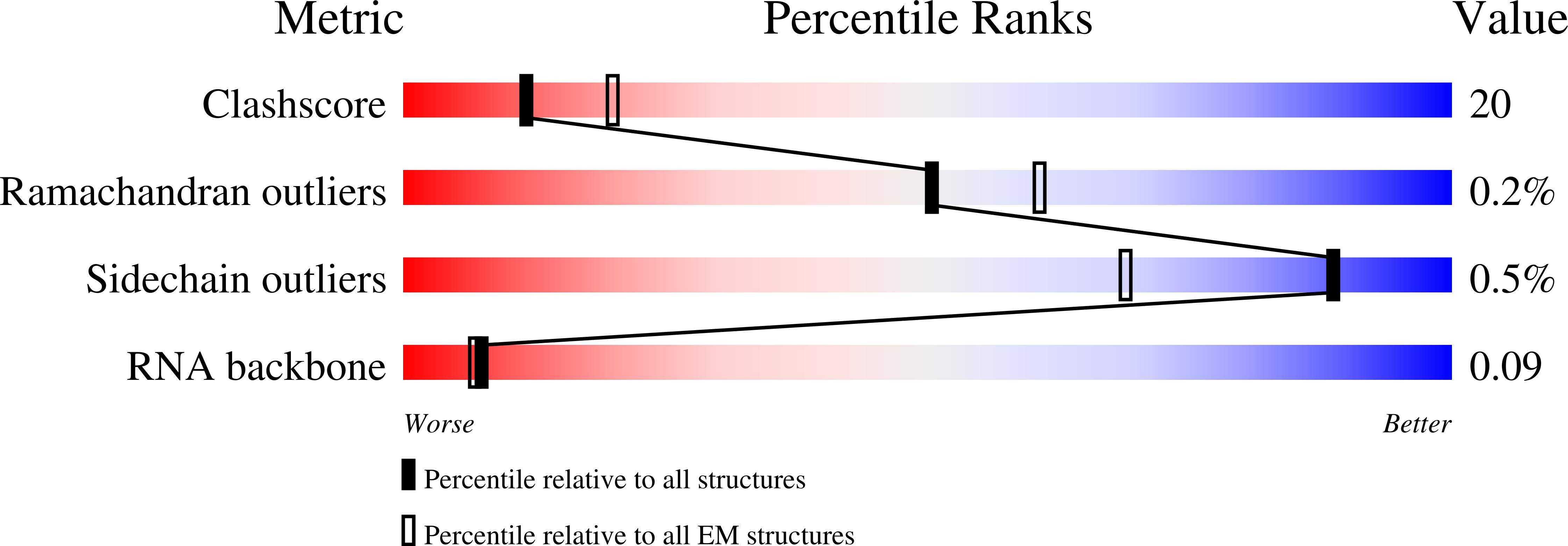
Deposition Date
2022-10-15
Release Date
2024-05-01
Last Version Date
2025-05-28
Entry Detail
PDB ID:
8H67
Keywords:
Title:
type I-B Cascade bound to a PAM-containing dsDNA target at 3.8 angstrom resolution.
Biological Source:
Source Organism:
Synechocystis sp. PCC 6714 (Taxon ID: 1147)
synthetic construct (Taxon ID: 32630)
synthetic construct (Taxon ID: 32630)
Host Organism:
Method Details:
Experimental Method:
Resolution:
3.80 Å
Aggregation State:
PARTICLE
Reconstruction Method:
SINGLE PARTICLE


